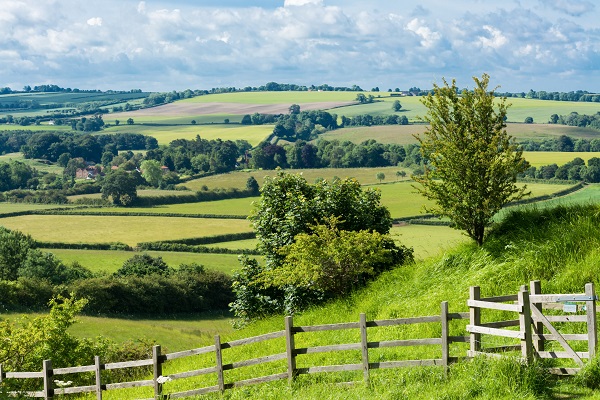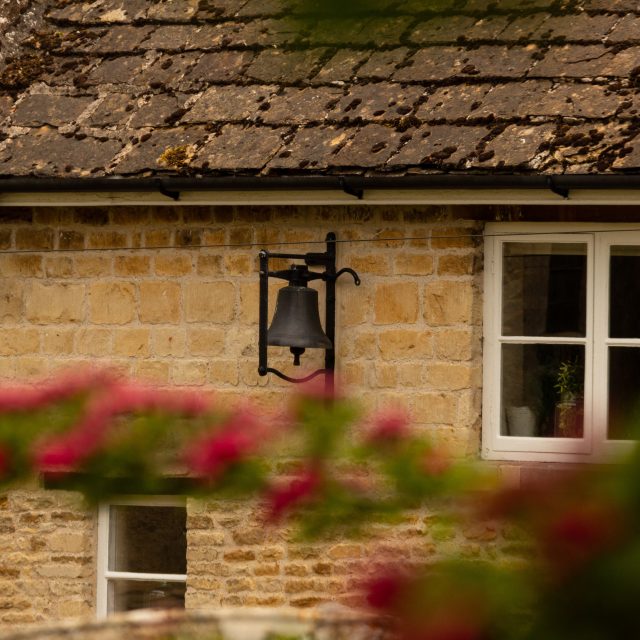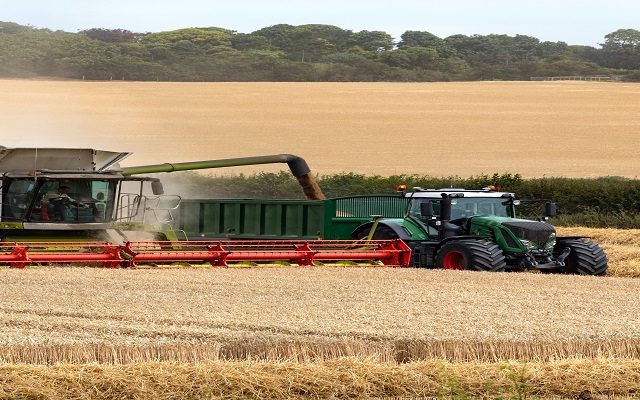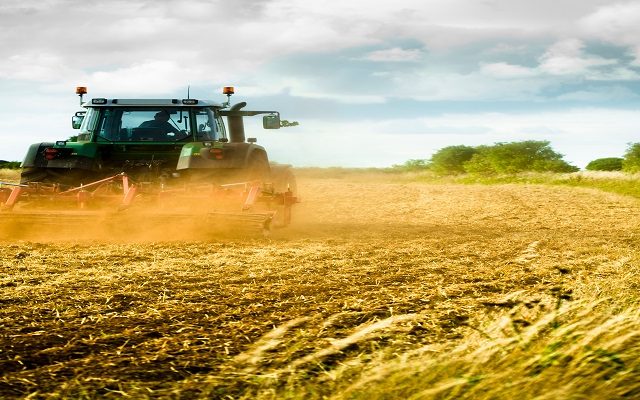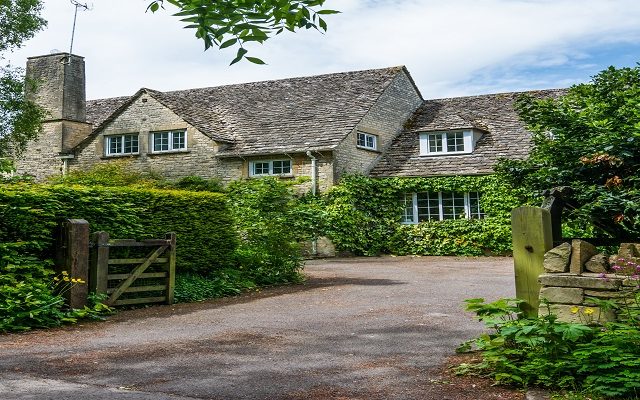Defra’s new direction for ELMs brings pros and cons
Defra has confirmed that an enhanced version of Countryside Stewardship will form the second tier of its Environment Land Management (ELM) scheme, replacing plans for a Local Nature Recovery scheme.
The announcement was made by Defra Secretary Therese Coffey who said it was ‘the smart thing to do with public money’, given the Countryside Stewardship Scheme (CSS) was already familiar to farmers and would avoid the need for a new process to be rolled out.
The entry-level tier of ELMs will remain the Sustainable Farming Incentive (SFI), with the highest tier available – the Landscape Recovery Scheme – also being retained.
The announcement was not unexpected, but farmers have reacted with frustration to the fact they will have to wait until the New Year for more details of the standards and the payment rates available. Until we see this level of detail, it is impossible to know how attractive it will be to farming businesses.
Conservationists, meanwhile, have voiced concern that the move represents a watering down of the government’s commitment to environmental improvement.
From a farmer’s perspective there are some positives we can take from this development. There will be benefits of sticking to an existing scheme, in terms of it being something that farmers are familiar with, and they will understand the application process. The Rural Payments Agency also seems to have finally reached the point this year where it is turning around applications in a timely fashion.
But it is obviously a massive disappointment that we seem to have wasted four or five years, and presumably considerable amounts of money, devising a scheme that has been axed before it even opened.
Our expectation is the enhanced CSS is unlikely to change fundamentally but will have some added ‘bells and whistles’. This will need to happen if we are to have a chance of reversing the loss of species abundance by 2030. If we are to achieve that target, the scheme will need to actively encourage the right actions in the right places. The good news is that this should be possible with the data and technology that we already have at our disposal. There is increasing evidence that implementing the right actions in the right places, which often targets the least profitable areas of a farm, can actually increase average yields and farm profitability.
Finally, payments rates certainly need to improve if Defra wants to increase uptake of the scheme. There is currently only about 30% of agricultural land under an agri-environmental agreement. The reality is that many of the farmers who have signed to date are people who want to carry out environmental work and have lived with the fact the payments have allowed them to break even.
If there is to be a step change in the numbers involved with CSS then farming businesses need to be able to show a reasonable level of profit from the schemes. A number of the existing options in CSS are unprofitable because of the cost of work involved in their establishment and maintenance. We would hope for increases in payment rates that appropriately reflect the extra work and opportunity costs farmers face in delivering the environmental benefits we all want and need. Improving the environment shouldn’t be left to the few people who can afford to do it.
If you would like to discuss the latest developments in farming policy, contact Jonathan Armitage.
